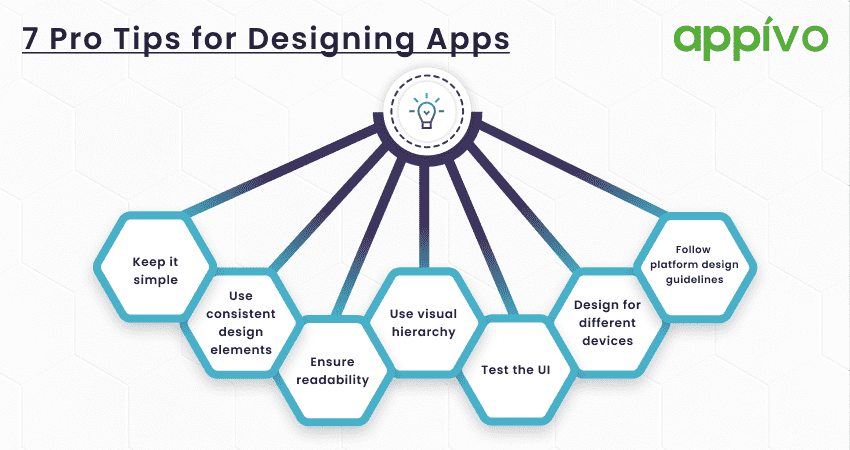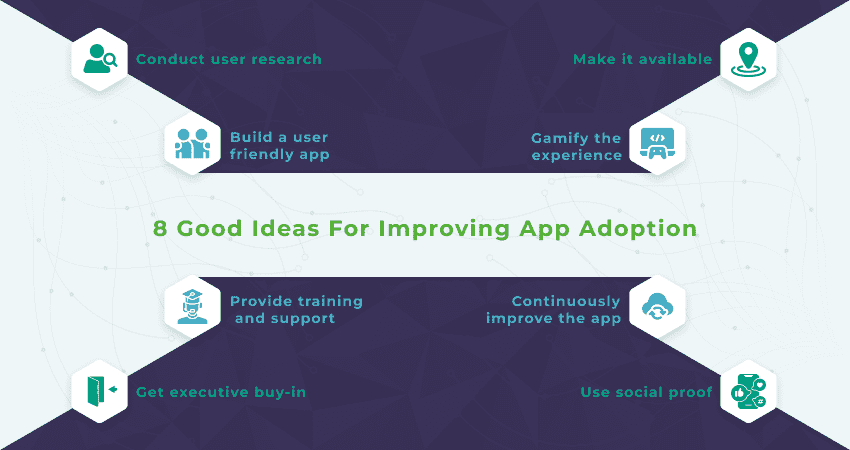
What is low-code?
April 18, 2023
Low-code is the solution to all coding problems. Sound too good to be true? Well, you’re right. What is low-code, really? Low-code typically refers to platforms that, with varying degrees of success, make development easier. However it’s not all puppies and rainbows as there can be drawbacks. Read on to learn more.
Table of Contents
What is low-code?
Low-code platforms are a relatively new approach to software development that allow developers to build applications using visual interfaces and drag-and-drop components, rather than writing traditional code. With low-code, developers can quickly and easily create applications that meet the needs of the business, without the need for extensive coding skills.
Low-code platforms typically provide a graphical user interface (GUI) that allows users to build applications by dragging and dropping pre-built components. These components can include user interface elements, business logic, database connectivity, and more. The low-code platform then generates the underlying code required to build the application.
Low-code Benefits
Low-code platforms can provide several benefits over traditional software development approaches. First, they can help organizations build applications more quickly and efficiently. Because developers can build applications using visual interfaces, they can build applications much more quickly than if they had to write the underlying code from scratch. This can help organizations respond more quickly to changing business needs.
Second, low-code platforms can help reduce the need for extensive coding skills. This can help organizations overcome the challenge of finding and retaining skilled developers. With low-code platforms, developers can be more productive and create applications more quickly, without requiring extensive coding experience.
Third, low-code platforms can help reduce the overall cost of application development. By reducing the time and resources required to build applications, organizations can reduce the cost of application development. In addition, low-code platforms can help organizations avoid the cost of maintaining and updating legacy applications, as well as the cost of hiring expensive contractors to build custom applications.
Overall, low-code platforms can provide organizations with an efficient and cost-effective way to build applications that meet their specific needs. Whether it’s building custom applications, automating business processes, or creating mobile applications, low-code platforms can help organizations stay competitive and responsive to changing business needs.
Potential Low-code Negatives
Low-code platforms also have some potential drawbacks that organizations should be aware of. For example, low-code platforms can limit the customization options available to developers. While pre-built components can make it easier to build applications, they can also limit the flexibility of the application.
In addition, low-code platforms may not be suitable for all types of applications. While they can be used to build many types of applications, some applications may require more complex coding and customization options. It’s important for organizations to evaluate their specific needs and requirements before choosing a low-code platform.
Not all low-code platforms are created equal, and some are better suited for certain scenarios over others. In fact, some analysts predict that organizations will end up using multiple low-code platforms to best satisfy the various scenarios in their environments.
Conclusion
While most low-code platforms offer similar benefits, there can also be critical differences. Some low-code platforms focus on web or mobile while others support both. Some generate app code while others provide cloud hosting for app backend services. As with any technical decision, it’s important to select the right tool for the job.
Overall, low-code platforms offer organizations an efficient and cost-effective way to build applications that meet their specific needs. By providing a visual interface and pre-built components, low-code platforms can help organizations build applications more quickly, with fewer resources, and with less reliance on expensive contractors or skilled developers. While they may not be suitable for all types of applications, low-code platforms can be an effective tool for organizations looking to stay competitive and responsive to changing business needs.
Want to read more? This report from McKinsey & Company highlights where low-code sits in the greater picture of next-gen software development trends.
What is low-code? Appivo is low-code. Start a free trial today or contact Appivo to learn about how our services team can help. Just ask us! We’ll provide a free evaluation and outline your options.
Recent Post
Top Five Benefits of Custom Software
June 13, 2023
7 Pro Tips for Designing Apps
May 16, 2023
What is low-code?
April 18, 2023
8 Good Ideas for Improving App Adoption
March 21, 2023
Top 5 Tips for a Great Low-Code Project
February 21, 2023





